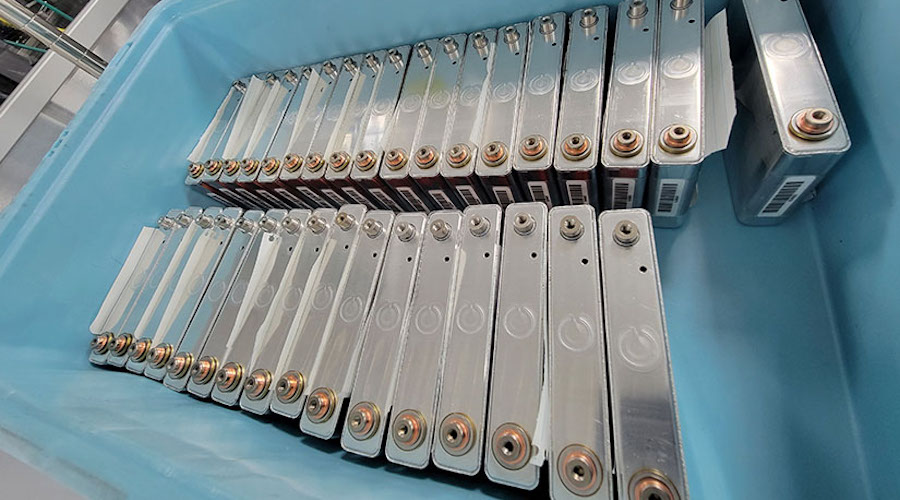When it comes to electric vehicle (EV) batteries, the stakes couldn’t be higher. In the world of renewable energy, efficiency is king, and any advancement that promises enhanced durability, power, and speed is welcomed with open arms. The BatMan research project, led by Tremolet de Villers and his team, has emerged as a beacon of hope, offering a groundbreaking approach to battery design that addresses key industry challenges.
Unveiling the Pore Network
In the quest for superior battery performance, the BatMan project delves into the intricate world of electrode structure. Previous research has shed light on the significance of porous electrodes in enhancing battery function. These minuscule pores act as gateways, facilitating faster movement of ions during charging and discharging processes while minimizing damage to the battery itself. Moreover, the presence of pores expedites the saturation of electrolytes within the cell, thus optimizing ion flow. This revelation triggered a spark of innovation, leading the BatMan team to explore the potential of laser ablation in configuring these crucial pore networks.
Decoding Genetic Algorithms
Analyzing different parameters such as channel shapes, depth, and distribution within the pore network demanded advanced computational tools. Leveraging NREL’s Lithium-Ion Battery Secondary Pore Network Design Optimization Analytical Diffusion Model, the researchers employed genetic algorithms to identify the most effective pore arrangement. The key discovery? A hexagonal pattern of laser-ablated pores, intricately designed to maximize efficiency. Pairing this pattern with specific hardware configurations yielded promising results, showcasing a significant improvement in electrode wetting compared to conventional designs.

Scaling Up with Roll-to-Roll
After meticulous experimentation and fine-tuning, the time had come to transition from laboratory innovation to large-scale production. Embracing the industry-standard roll-to-roll processing technique, the researchers demonstrated the scalability and cost-effectiveness of laser ablation for electrode manufacturing. With NREL’s state-of-the-art roll-to-roll line, the team successfully processed a substantial length of electrode material, marking a significant milestone in the project’s journey.
The successful integration of laser ablation into the battery manufacturing process represents a pioneering step towards a more efficient and sustainable future for EV technology. As the BatMan project paves the way for a new era in battery optimization, the possibilities for enhanced energy storage and improved performance seem brighter than ever.









